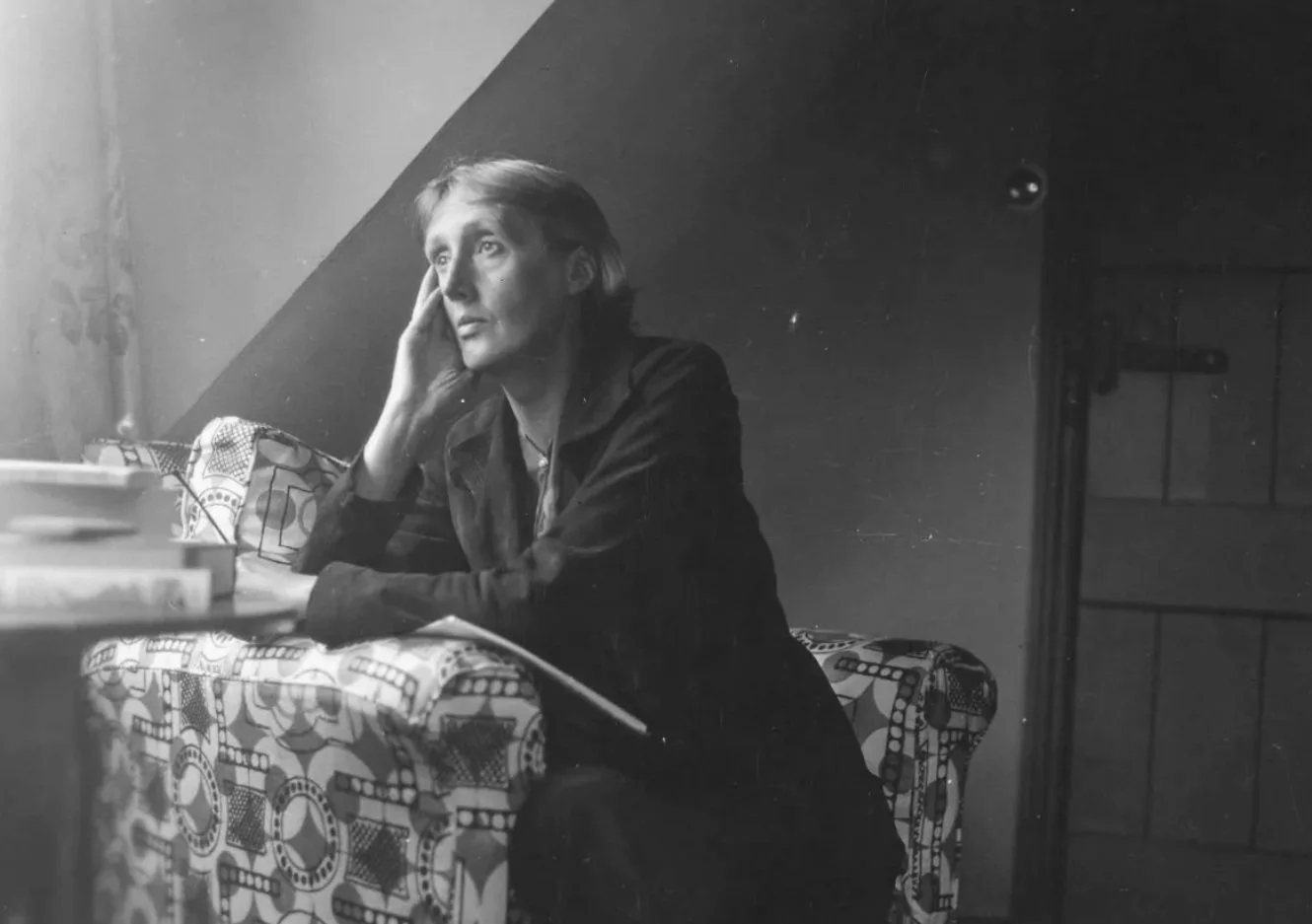Virginia Woolf
Virginia Woolf was a 4/6 splenic manifestor with an active artist channel. She was created to create and share with the world, and along the way disrupt the norm with her powerful storytelling. Her design set her up to be visionary and make an impact, as we know she did since she was one of the most renown 20th century authors and leaders in inspired feminism.
As a manifestor, Virginia was here to initiate new ideas and share them with the world from her 0801 artist channel. Everything she did and was had to do with art, which is why she ventured into full-time writing as a profession and supported the arts in society.
With a defined anja– Virginia could sort through a number of concepts and ideas with clarity and structure. This shows itself well in her intellectualism and critical essays challenging societal norms. Also, her throat and g-center were connected along with single definition meaning she could do well the communicate about her life and personal experiences, which she did often through memoir. She was hyper-creative, and intensely focused in her work, and even had the capacity to write across multiple genres. Her deeply emotional gates made her work compelling to readers in that it was incredibly human and personable. No wonder so many were and continue to be impacted by her writing.
As a manifestor, Virginia was able to work super quickly. Often so fast, that people probably were impressed by how she could work with such focus and speed.
She has the channel of wavelength, which asked her to show up through repetition and mastery to develop her skills. As someone who studied writing and was a published author– she put this talent channel to good use and excelled at her skills in writing across genres in essay, novel, memoir, and poetry.
Virginia has gate five, which is the gate of rhythm and ritual, which she utilized well in her schedule that she shares in detail in her book, A Room Of One’s Own. She wrote that her day was structured by working on her fiction between 10am to 1pm and then in the afternoon she spent time on lettering and journaling. Diving even deeper into her writing routine based on her design, her variables mostly face left, meaning that she did well to work from one sacred space, with consistent schedule, and a plan to follow for her writing projects. Given what we know of her mental health struggles, the structure and predictability in her day-to-day life most likely help her feel more grounded and supported.
Lastly, with gate 14, she had the ability to work for long hours on a single creative project. She was an incredibly dedicated and focused writer.
Want to uncover your unique Human Design as a writer and creative?

